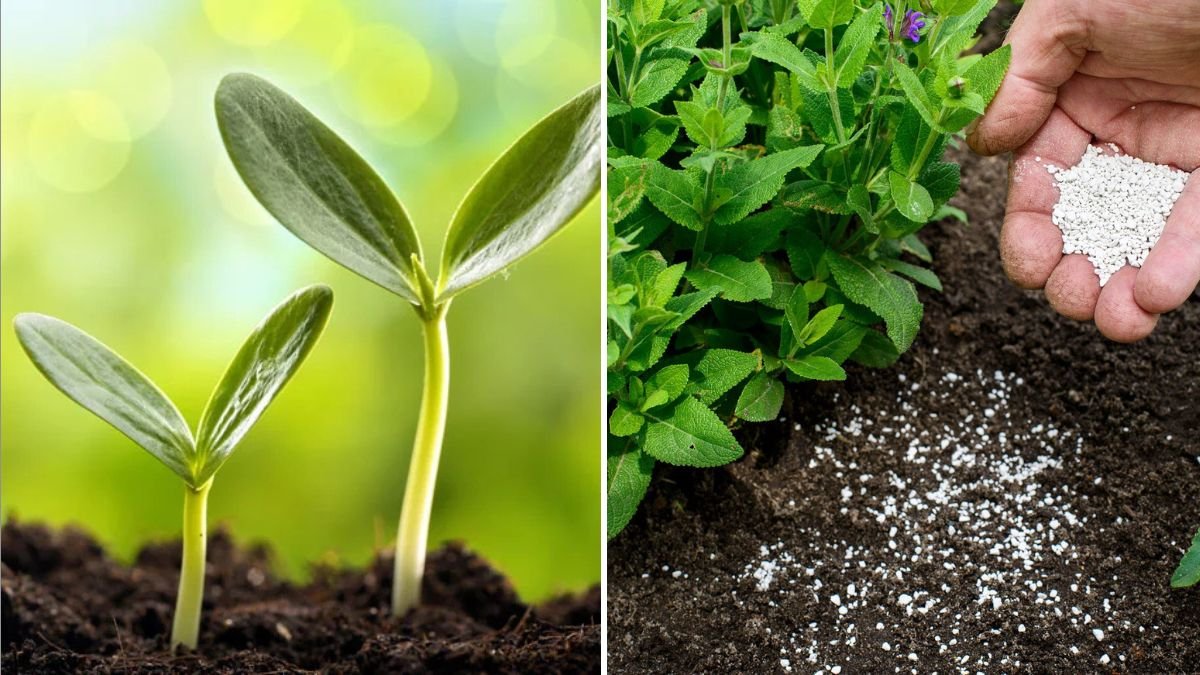Every gardener knows that plants need nutrients to grow, but when exactly should you apply fertilizer for the best results—before you put seeds or seedlings in the ground, or after they’ve started growing? The timing of fertilizer application can make a big difference in how well plants establish, develop roots, and produce flowers or vegetables.
The short answer: both before and after planting can be beneficial, but the right approach depends on the type of plant, soil condition, and fertilizer you use. In this article, we’ll break down when to fertilize, the pros and cons of each timing, and how to do it properly to avoid waste or plant stress.
Why Fertilizer Timing Matters
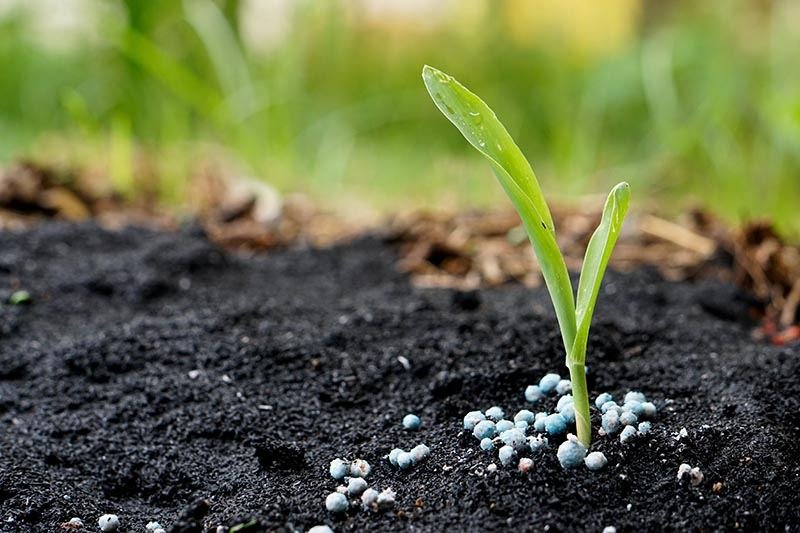
Plants need three main macronutrients:
- Nitrogen (N): Encourages leafy green growth.
- Phosphorus (P): Promotes strong root systems and flowers.
- Potassium (K): Improves disease resistance and overall plant vigor.
They also require calcium, magnesium, and micronutrients in smaller amounts. But here’s the key: plants can only absorb these nutrients through their roots once they’ve started developing. Fertilizing too early—or too heavily—can waste nutrients, while waiting too long can slow down growth.
Fertilizing Before Planting
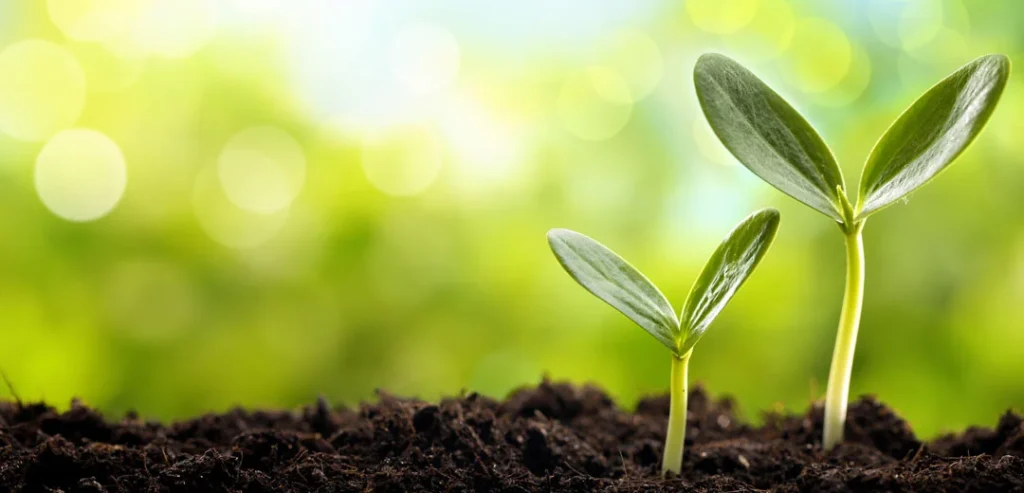
Adding fertilizer before planting is often called pre-plant fertilization or soil amendment. It ensures the soil is rich, balanced, and ready to support seedlings or seeds.
Benefits of fertilizing before planting:
- Improves soil fertility from the start: Ensures nutrients are available when seeds germinate or transplants settle in.
- Encourages strong root establishment: Phosphorus, in particular, is crucial for root development.
- Reduces transplant shock: Seedlings move into a nutrient-rich environment, helping them adjust quickly.
Best practices:
- Soil test first: Before adding anything, test your soil’s nutrient levels and pH. Too much fertilizer can harm plants or throw soil chemistry off balance.
- Use slow-release or organic fertilizers: Compost, aged manure, or granular fertilizers release nutrients gradually, reducing the risk of leaching before plants can use them.
- Incorporate into the soil: Spread fertilizer across your bed and work it into the top 6–8 inches of soil for even distribution.
Good candidates for pre-plant fertilizing:
- Heavy feeders like tomatoes, corn, and squash.
- Flowering perennials and roses.
- New lawns or reseeded areas.
Fertilizing After Planting
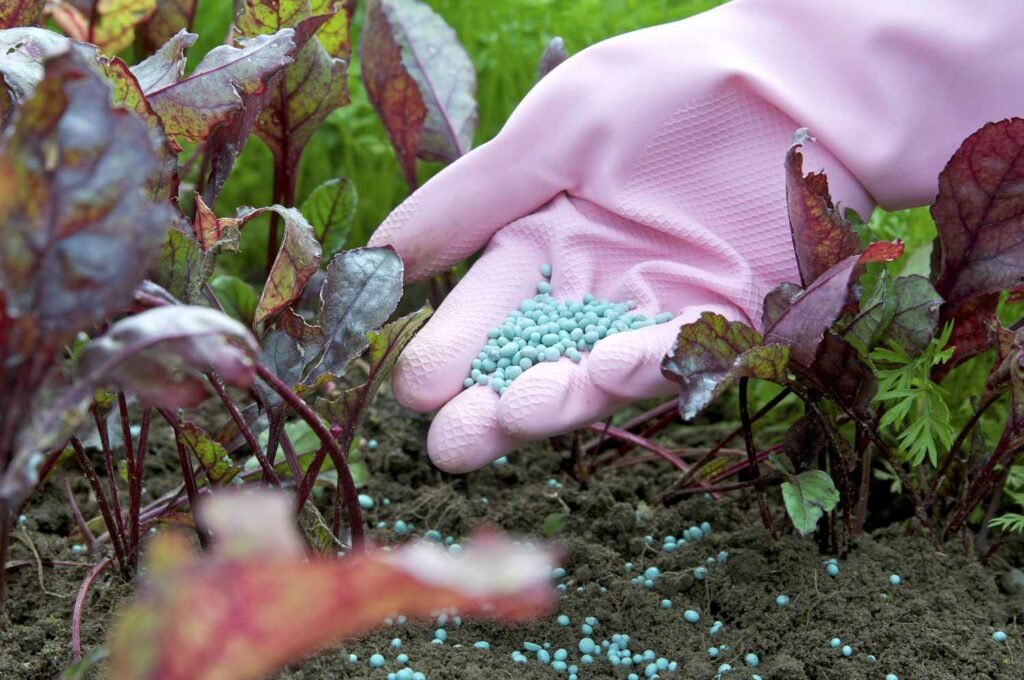
Once plants are in the ground, they begin using nutrients rapidly. Fertilizing after planting—sometimes called side-dressing or top-dressing—keeps them supplied through the growing season.
Benefits of fertilizing after planting:
- Supports active growth: Nitrogen is especially important during vegetative growth phases.
- Boosts flowering and fruiting: Supplemental phosphorus and potassium encourage blooms and produce higher yields.
- Corrects deficiencies quickly: Liquid fertilizers or teas provide immediate nutrients if plants show signs of stress.
Best practices:
- Wait until seedlings are established: For direct-sown seeds, wait until they’ve grown their first true leaves. For transplants, wait 2–3 weeks.
- Apply lightly and carefully: Avoid dumping fertilizer directly on stems or foliage. Instead, sprinkle around the base or dilute liquid fertilizers.
- Time applications: Fertilize every 3–6 weeks depending on the crop, using lighter doses to avoid overfeeding.
Good candidates for post-plant fertilizing:
- Fast-growing vegetables like lettuce, spinach, and cucumbers.
- Container plants, which lose nutrients faster through watering.
- Fruit-bearing crops like peppers and melons.
Should You Fertilize Both Before and After?
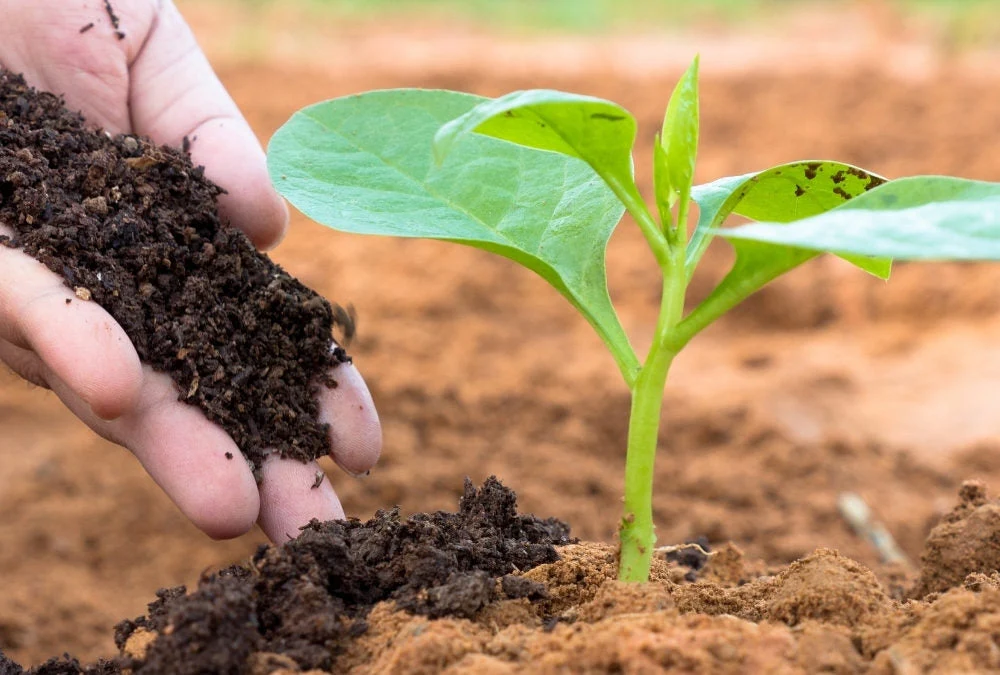
For many gardens, the ideal approach is a two-step system:
- Before planting: Enrich the soil with compost or a balanced slow-release fertilizer.
- After planting: Supplement with targeted fertilizers depending on plant growth stage (nitrogen for greens, phosphorus and potassium for flowers and fruits).
This combination ensures a healthy start and continued support as plants mature.
Common Fertilizing Mistakes to Avoid
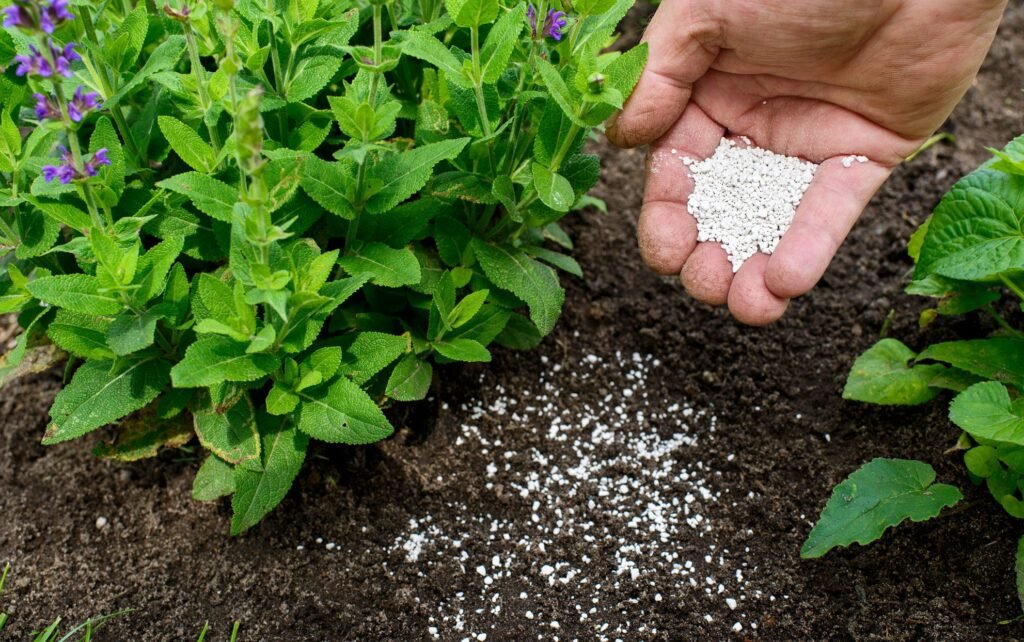
- Overfertilizing: More is not always better—too much nitrogen leads to lush foliage but fewer flowers or fruits.
- Ignoring soil tests: Guessing nutrient needs can lead to imbalances. A simple soil test saves time and money.
- Using quick-release fertilizers too early: They can leach out of soil before plants even benefit.
- Applying too close to roots or stems: Can cause fertilizer burn. Always water after fertilizing to help nutrients soak in.
Final Thoughts
So, should you fertilize before planting or after? The truth is, both approaches have their place. Fertilizing before planting prepares the soil, giving seeds and transplants a strong foundation. Fertilizing after planting keeps growth on track, supports flowering and fruiting, and corrects deficiencies along the way.
Think of pre-plant fertilization as setting the table and post-plant fertilization as serving the meal. Together, they provide the complete nutrient cycle plants need to thrive.
By testing your soil, choosing the right fertilizer, and timing your applications wisely, you’ll enjoy healthier plants, higher yields, and a more beautiful, productive garden.
